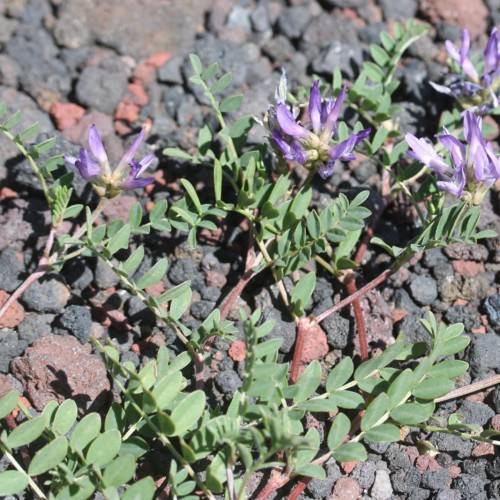
Rattle Milkvetch
Astragalus laxmannii var. tananaicus
Also Known As - Standing MilkvetchWatering:
Minimal
Hardiness Zone:
Sun:
full sun,part shade
Fruits:
Fruits Ready In
Leaf:
Yes
Growth Rate:
Low
Drought Tolerant:
Yes
Salt Tolerant:
Yes
Care Level:
Medium
watering
Rattle Milk Vetch should be watered deeply every 7-10 days during dry spells to ensure its health and to prevent wilting. It’s best to water in the early morning before the heat of the day or in the evening to reduce evaporation. Be sure to use a gentle sprinkling or soaking of deep, slow-release watering. Allow the soil to dry out between waterings, as plants of the species milk vetch do not do well when left in consistently moist or soggy soil. Watering should occur at the base of the plant to allow the roots to absorb the water without encouraging fungal growth on the leaves.
sunlight
The Rattle Milk Vetch (Astragalus laxmannii) is a species of plant that needs daily sunlight to thrive and grow. It should get at least 4 to 6 hours of direct sunlight each day during the summer months. In the winter, it is best to give the plant at least 2 to 3 hours of indirect sunlight each day. Extra light can be provided with artificial lighting.
pruning
Pruning should ideally be done twice a year for the Rattle Milk Vetch. The first pruning should occur in early spring before the plant begins to bloom, and the goal is to remove dead or diseased branches, as well as to shape the plant as desired. The second pruning should occur in late summer after the plant has finished blooming, and the goal is to remove any extra branches that are not needed or necessary for growth. Pruning should be done with sharp pruning shears, and should be done sparingly to avoid damaging or weakening the plant.
